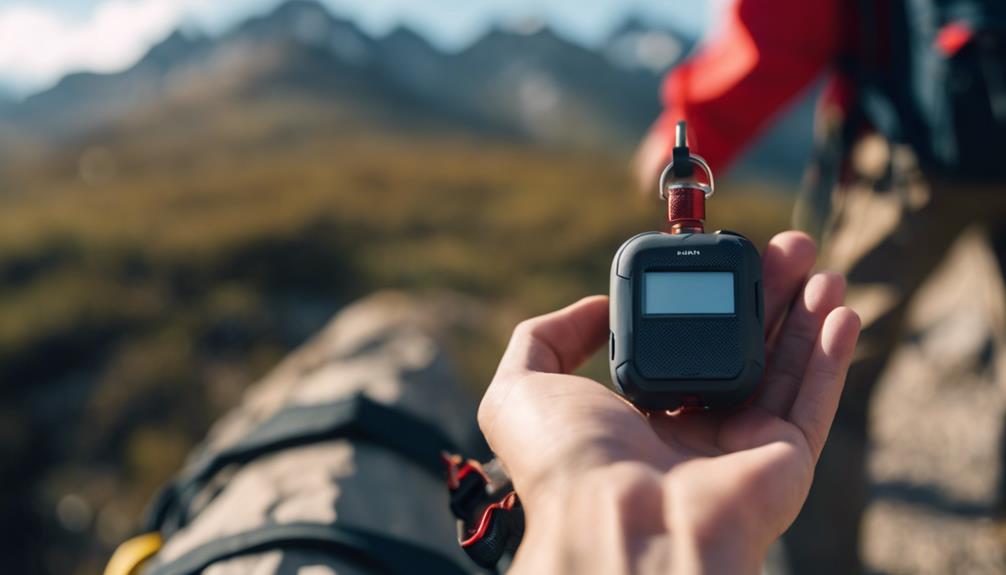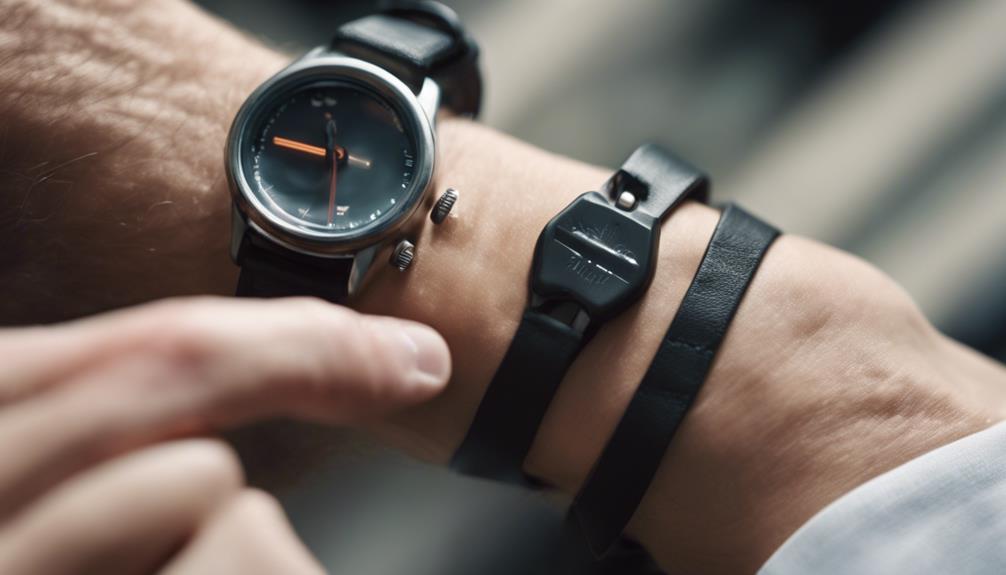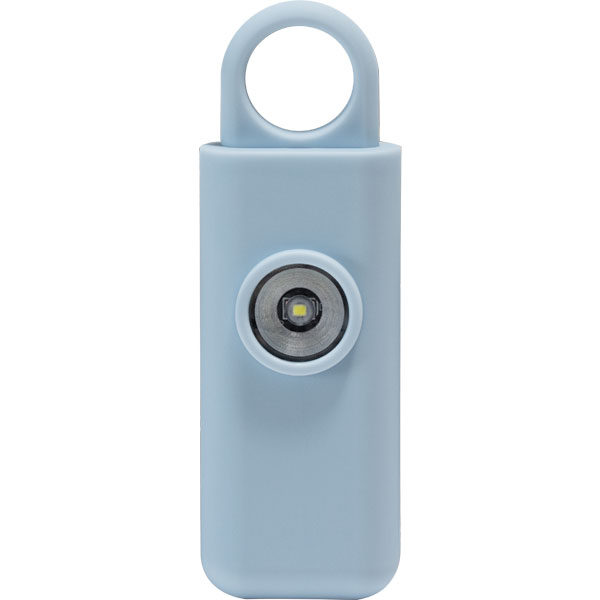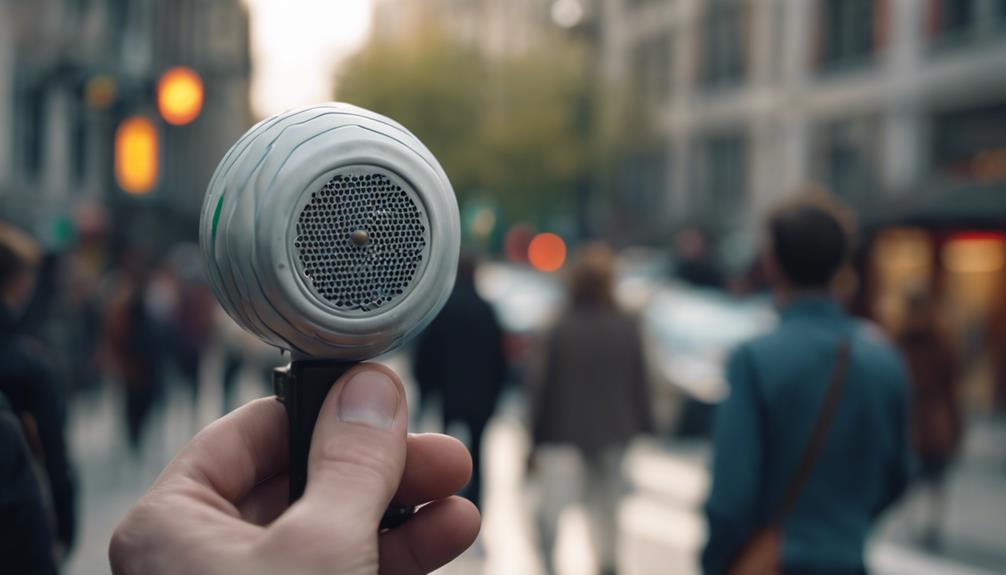
Brainstorm Security Shop

For Orders Over $199

On Any Of Our Products

Details On Refund Page
You’ve probably walked through a deserted parking lot or jogged along a secluded path and felt a twinge of vulnerability. That’s where a personal safety siren steps in. Imagine having a tool in your pocket that could instantly draw attention to your location with a piercing alarm, potentially scaring off an attacker and alerting bystanders. While these devices offer a sense of security, it’s crucial to understand how they work and when it’s appropriate to use them. But how effective are they really in a crisis? Let’s explore the real impact of carrying a personal safety siren and if it truly makes you safer.
Personal safety sirens often serve as a portable and effective way to alert others if you’re in danger. You’re walking home late at night, and the streets are eerily quiet. Suddenly, a sense of unease creeps over you. With a personal safety siren in your pocket or on your keychain, you’ve got a proactive measure to enhance your security. Just pull the pin or press a button, and a piercing alarm sounds, likely startling any potential threat and drawing attention from those nearby.
These devices aren’t just for night-time scenarios. Imagine you’re hiking alone and sprain an ankle, far from the usual foot traffic. A loud siren can signal for help, guiding rescuers to your location. Even in bustling urban settings, where screams might blend into the background noise, a sharp, distinct sound of a siren stands out, ensuring that help isn’t just on the way—it’s hurrying.
Moreover, personal safety sirens are incredibly user-friendly. They require no special training or strength to operate, making them suitable for all ages and physical capabilities. Whether you’re a college student, a senior citizen, or anyone in between, a safety siren offers a simple, yet powerful tool for personal protection.

When choosing a personal safety siren, consider several key features to ensure it meets your specific needs.
Firstly, the sound level is crucial. You’ll want a siren that emits a loud noise, typically measured in decibels (dB). Look for devices that offer 120 dB or more, as this level of sound can attract attention from a distance. The sound pattern is also important; a piercing, variable tone can be more effective at drawing attention compared to a steady, single-tone alarm.
Next, evaluate the size and design of the siren. It should be compact and lightweight enough to carry with you comfortably in a pocket, purse, or on a keychain. Ease of activation is another critical factor. You’ll need a siren that you can trigger quickly and easily in an emergency—preferably with one hand.
Consider the durability and weather-resistance of the device. It should withstand accidental drops and function reliably in various weather conditions.
Lastly, check if the siren comes with additional features like a built-in flashlight or a rechargeable battery, which can provide extra convenience and utility.
Choosing carefully based on these features will ensure you get a reliable aid for your safety.
Carrying a safety siren offers immediate advantages in enhancing your personal security. With its loud alarm, you’re not just alerting yourself but also those around you to potential dangers. This can be a game changer in ensuring your safety in unpredictable situations. It’s a simple tool, yet it significantly boosts your confidence when you’re out and about.
A personal safety siren is also a deterrent. Potential attackers often seek easy targets. When you have a siren, you’re far from easy. The loud noise can scare off an attacker, giving you time to escape or draw the attention of others who can help. It’s about creating an environment where you hold more control over your personal space.
Moreover, a siren is easy to use. There’s no complex setup or training required. It’s usually a matter of pulling a pin or pressing a button. That ease of activation ensures you can react swiftly in a crisis. Plus, it’s typically lightweight and compact, making it convenient to carry wherever you go. You won’t have to worry about it weighing you down or taking up too much space.
Let’s explore how a safety siren can be utilized in everyday scenarios to enhance your security.
Imagine you’re walking through a poorly lit parking lot late at night. Suddenly, you hear footsteps behind you, quickening as they draw closer. Instead of panicking, you can activate your safety siren. The loud, piercing sound serves to deter potential attackers by drawing attention to the situation, potentially scaring them off.
Or picture this: you’re hiking on a secluded trail when you twist your ankle, leaving you unable to walk. Stranded, you realize your phone has no signal. This is where your safety siren comes in handy. Blasting the siren can alert fellow hikers or park rangers within earshot to your need for assistance.
Furthermore, consider everyday urban environments.
You’re exiting a late-night subway and feel uneasy about a suspicious figure at the exit. Using your siren can make you less of an easy target, drawing the attention of others and deterring any ill-intended approaches.
It’s not just about preventing physical attacks; it’s about feeling safe and empowered in your surroundings.
Selecting the right safety siren model is crucial for ensuring it meets your specific needs. You’ll want to consider several factors like volume, durability, and ease of use.
The loudness of a siren is typically measured in decibels (dB), and you’ll need one loud enough to be heard from a considerable distance, but not so loud that it becomes a nuisance.
Durability is another key factor. If you’re often outdoors or in rough environments, look for models that are weather-resistant and shockproof. You don’t want your safety device failing when you need it most because it couldn’t withstand a drop or a rain shower.
Size and portability also matter. You might prefer a compact model that easily attaches to your keychain or fits into your pocket. These smaller sirens are ideal for everyday carry and quick access, which is essential in emergency situations.
Finally, consider the battery life and type. Some sirens come with replaceable batteries, while others are rechargeable. Think about what’s most convenient for you, keeping in mind how often you’ll test and potentially use the siren.
Choosing carefully ensures you have a reliable tool at your side, ready whenever you might need it.

Understanding how to activate your safety siren quickly can be a lifesaver in an emergency. Once you’ve selected the right model for your needs, it’s crucial you know how to use it effectively. Most safety sirens have a simple mechanism—often a button or pull-pin. Familiarize yourself with its location so you can activate it instantly without looking.
To start, practice using your siren in a safe environment. Press the button or pull the pin, depending on your model, to ensure you’re comfortable with the action. You’ll want to do this multiple times to build muscle memory. Don’t worry; you won’t wear it out with these tests.
Regular maintenance ensures your safety siren remains reliable when you need it most. It’s crucial to check the battery life regularly; weak batteries won’t deliver the loud sound you’re counting on in an emergency. You should replace the batteries at least once a year or consider using rechargeable ones to stay prepared.
You’ll also want to test the siren monthly. Simply activate it to ensure it sounds loud and clear. If it’s faint or you hear any unusual sounds, it’s time to investigate further. This could mean a battery issue or possibly a mechanical problem inside the device.
Keep the siren clean and free from dust and debris, which can interfere with its function. A soft cloth will typically suffice to wipe it down without damaging any components. Avoid using harsh chemicals or water, as these can harm the internal circuitry.
Lastly, check for any visible signs of wear or damage. Cracks or loose components can affect the functionality. If your siren shows signs of physical damage, consider having it repaired or replaced immediately. Remember, your safety may depend on this small device, so keeping it in top condition is paramount.

You should also consider the legal implications of carrying and using a personal safety siren. While these devices are generally legal across the U.S., there are nuances depending on where you live. For instance, some areas might’ve restrictions on the decibel level or where it’s permissible to use such devices, particularly in quiet zones like near hospitals or schools.
It’s crucial you’re aware of local ordinances that could affect your use of a safety siren. Don’t assume it’s the same everywhere; what’s acceptable in one city might be restricted in another. Always check the specific laws in your area to avoid any legal trouble.
Moreover, if you’re traveling, the rules can vary significantly between different states or countries. Some places might even classify high decibel sirens as potential weapons. This could lead to legal issues if you’re not careful. Before you travel, take a moment to look up the regulations regarding personal safety devices in your destination.
Now that you’re equipped with the knowledge about personal safety sirens, remember to choose a model that meets your needs, understand its operation, and keep it maintained.
Carrying a siren can significantly enhance your safety and confidence. Always consider the legal aspects before use.
With the right siren in hand, you’ll feel more secure wherever you go. Don’t hesitate to make this small investment in your personal safety—it’s a practical step towards ensuring your peace of mind.

Brainstorm Security Shop
1867 Caravan Trail
Ste 105
Jacksonville, FL 32216
Call us toll free: (800) 859-5566